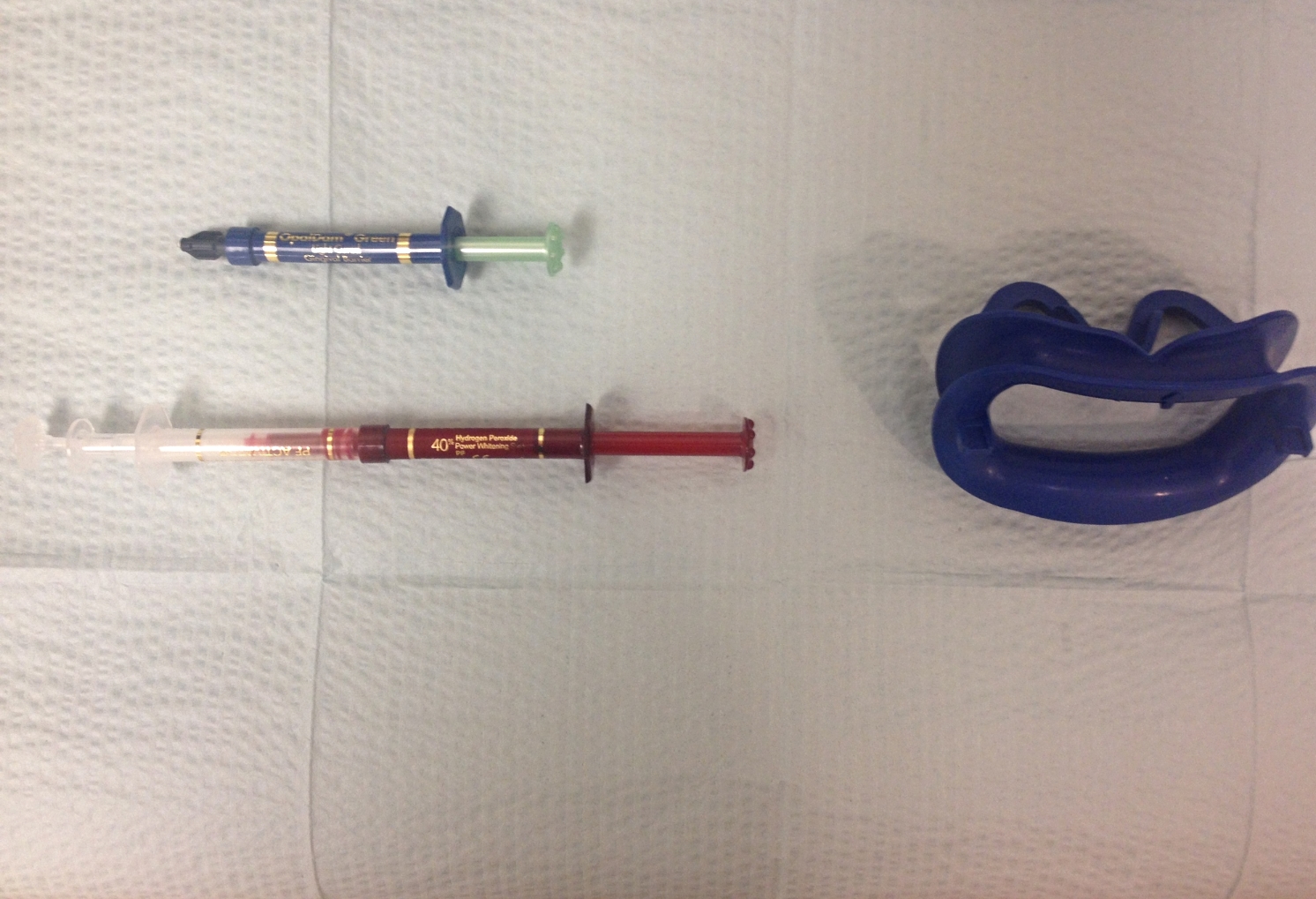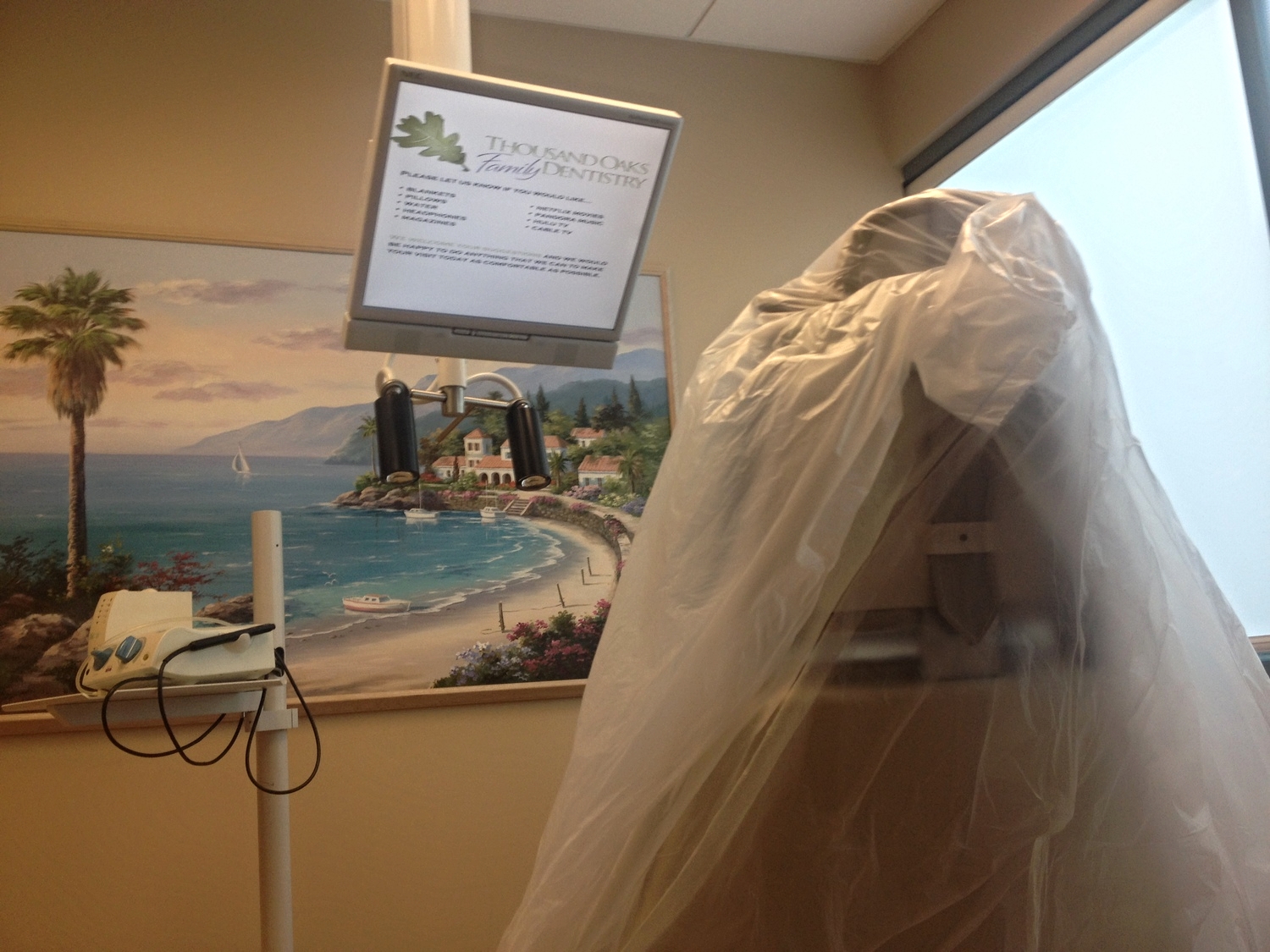In previous posts, we've discussed the many different tooth whitening products available on the market today. With all the choices, picking one that works for you can be a difficult task. In this article, we will categorize the many methods based on what they do best. Each type has unique advantages and disadvantages, so take a look!
Fastest method: In-office whitening. Products like Phillips Zoom are professionally administered and provide dramatic results in a single visit. A typical appointment is about 80 minutes and matches the results of months of over-the-counter bleaching.
Cheapest method: Crest Whitestrips and similar products. Over-the-counter bleaching methods will whiten your teeth for the least amount of money. However, they work quite slowly. Expect to use them for weeks/months before you notice a difference.
Most flexible method: Professional bleach trays. The trays are worn for one hour once a day for two weeks, followed by one day a month for maintenance. You will see fast results and be able to adapt to your own schedule.
For patients susceptible to "whitening pain:" Professional bleach trays with 10% bleach. Whitening products cause pain because they contain an agent that opens tubules in the tooth to let the bleach in. In some cases the open tubules can cause sensitivity or a sharp "zinging" pain. For these patients, we prescribe a milder bleach along with a fluoride rinse that counteracts sensitivity. This combination seems to be gentle enough for even the most sensitive mouths!
For patients who "just want whiter teeth:" All of the above! Any of these methods will get you to a whiter smile. It's up to you to pick the best product for your specific needs. If you have any further questions, feel free to give us a call!
















